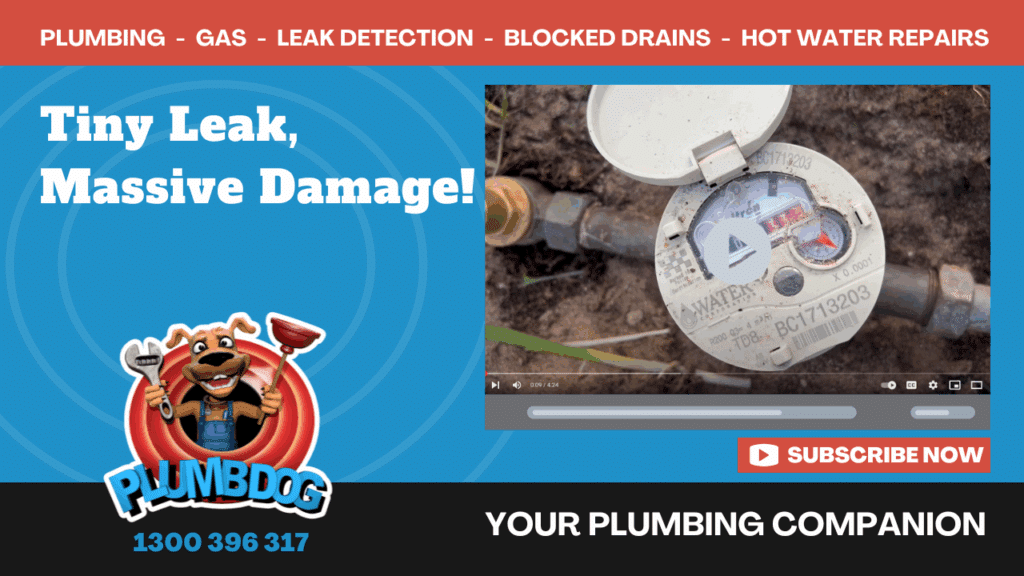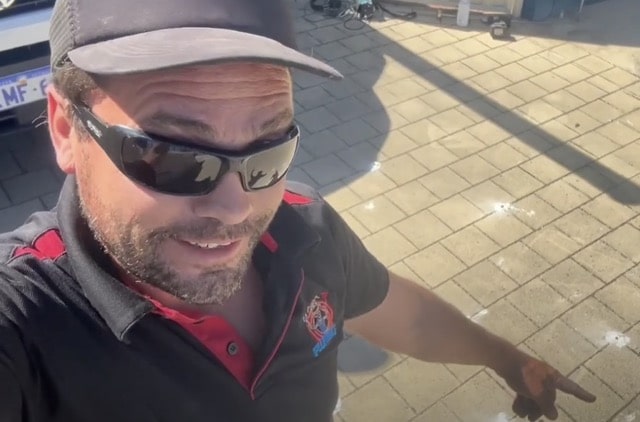Modern Concealed Cistern Installed in External Wall — Diagnosed and Repaired
It’s becoming more common to find toilet cisterns hidden away in wall cavities or behind sleek tiled features. They look neat — but when something goes wrong, access can be a nightmare.
Our Plumbdog plumber Darius was called out to a Perth home where the customer reported a leaking toilet. What he found was a concealed cistern hidden behind an external duct panel in the wall cavity.
💬 “These modern setups look clean, but they’re prone to failure — and getting them apart is a bit of a trick.”
🛠 Step-by-Step: How We Fixed the Leak
Here’s how Darius tackled this hidden cistern repair like a pro:
- Located the cistern inside the external wall cavity behind a duct sheet
- Removed the cold water feed to stop supply to the cistern
- Carefully disassembled internal parts, including:
- The inlet valve
- The outlet mechanism
- Assessed space — thankfully, there was just enough room to remove the full cistern
- If the cutout had been smaller, removal would have been impossible without cutting walls or tiles
- Identified the need for replacement parts — including specialty air hoses
- Ordered and installed new parts
- Reinstalled the cistern, sealed it up, and tested thoroughly at the toilet
✅ Final Result: Leak Fixed, Customer Happy
After reinstalling and pressure testing the new setup, the toilet was back in working order — with no more leak, no damage to the wall, and a very happy homeowner.
👨🔧 “These kinds of installs can go sideways if not handled carefully — especially when you don’t have access. Luckily, we’ve been around the block a few times with these.”
🧱 Why Hidden Toilet Cisterns Can Be a Problem
While concealed cisterns offer a modern look, they come with risks:
- Poor access makes repairs time-consuming
- Air hoses and internal fittings are often fragile and fail over time
- Tile or wall removal may be needed if the original builder didn’t allow room for servicing
At Plumbdog, we have a nose for leak detection and we’re equipped to handle these trickier repairs without the drama.
🐾 Need Help With a Concealed Cistern?
Whether it’s leaking, not flushing, or just acting strange — we’ve seen it all.
📞 Call Perth’s real plumbers with all the gear and every idea.
🐶 No callout fee | ✅ Upfront pricing | 🚽 Concealed cistern specialists





